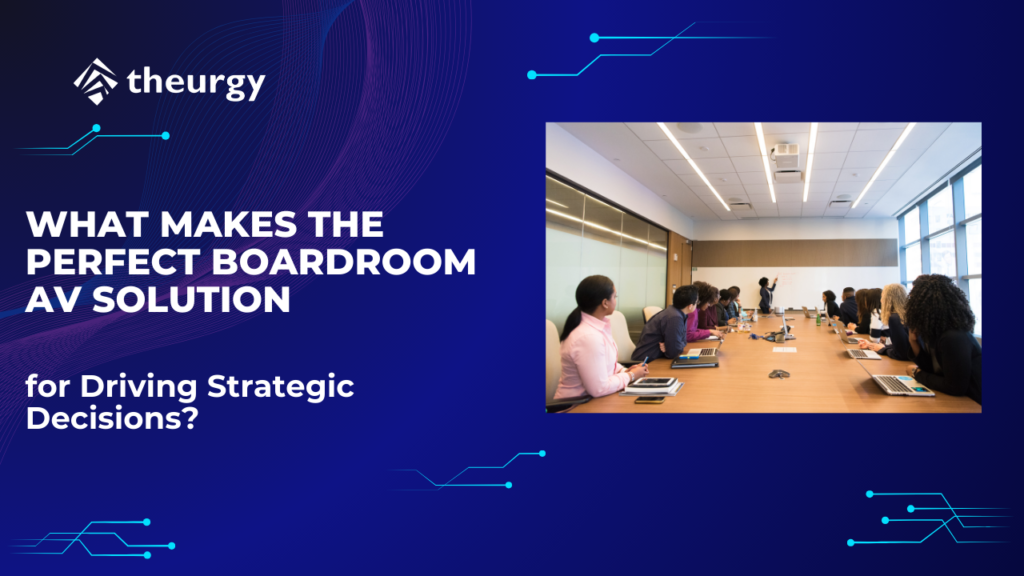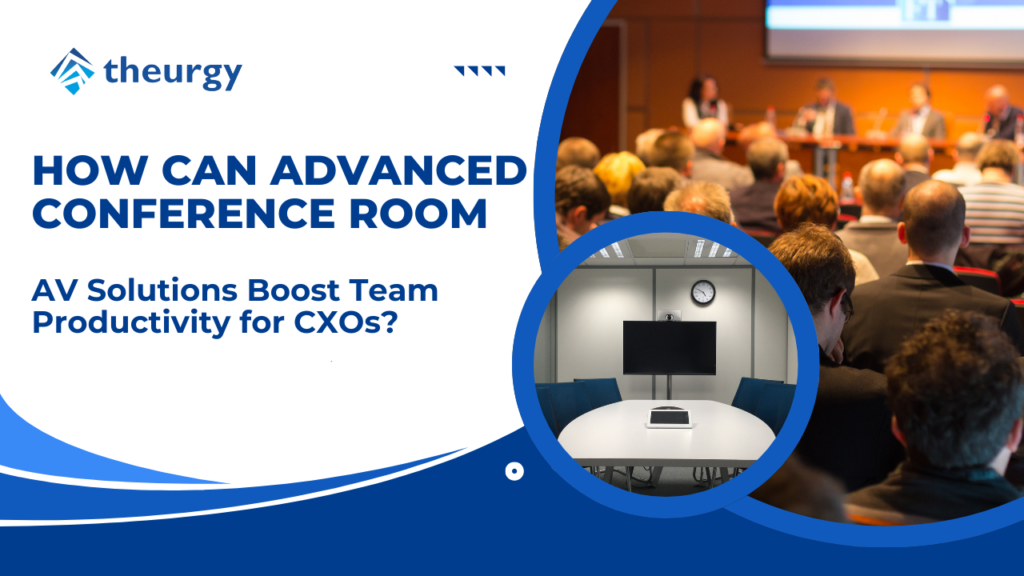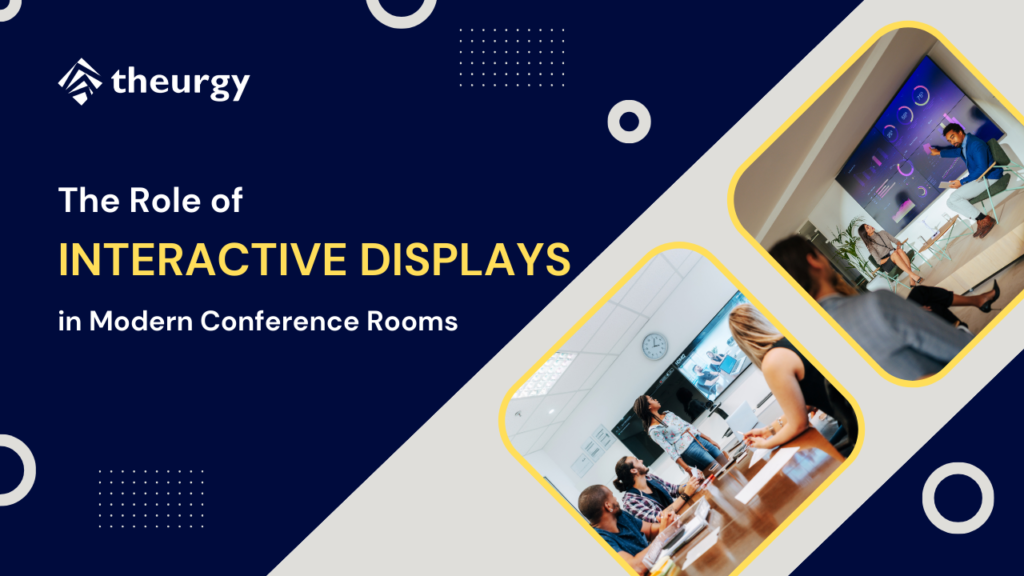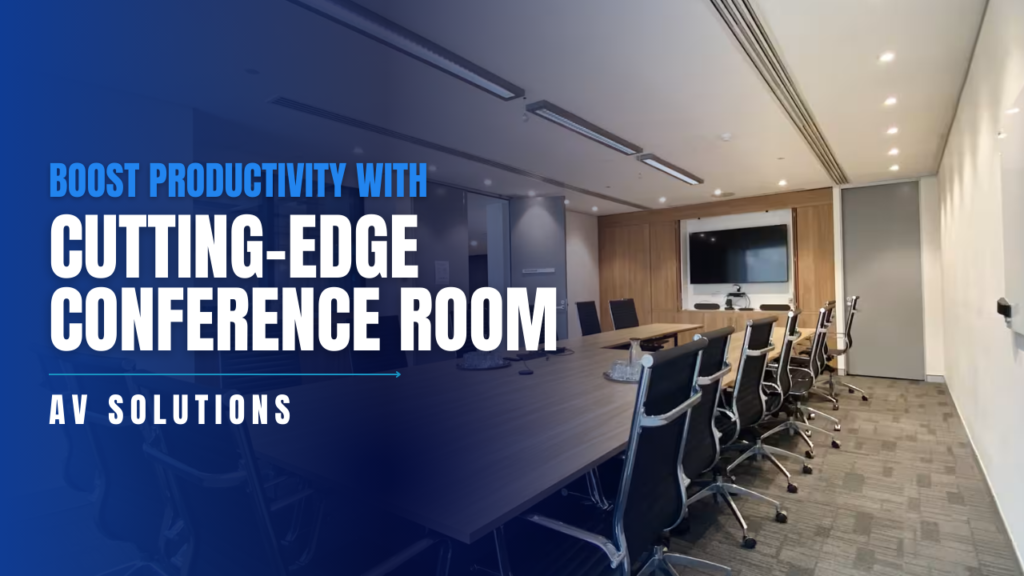What Makes the Perfect Boardroom AV Solution for Driving Strategic Decisions?
Is Your Boardroom Holding Back Strategic Decisions? Imagine this: your team gathers for a crucial meeting to finalize a strategic decision. But instead of diving into discussions, you’re dealing with lagging video calls, unclear audio, and clunky data sharing. It’s frustrating and unproductive, right? This is where a boardroom AV solution becomes essential. It’s more than just a set of gadgets; it’s an integrated system that enables seamless communication, fosters collaboration, and ensures everyone stays focused on making informed decisions. Let’s explore what makes the perfect setup. Why a Boardroom AV Solution Matters? a. Enhances Communication Clear communication is the backbone of decision-making. A boardroom AV solution with high-quality audio and video ensures everyone hears and sees everything clearly, whether in the room or joining remotely. b. Facilitates Real-Time Collaboration With the right tools, teams can share screens, annotate documents, and work on ideas together in real-time, regardless of location. c. Boosts Productivity Time wasted on technical issues adds up. A streamlined AV system eliminates these barriers, ensuring meetings start on time and run smoothly. 2. Characteristics of the Perfect Boardroom AV Solution Not all AV systems are created equal. Here’s what makes the best ones stand out: a. Seamless Integration with Existing Systems Your AV solution should integrate with tools you already use, like project management software, CRMs, and collaboration platforms. Compatibility prevents disruptions and ensures a smooth workflow. b. Scalable and Future-Proof Technology evolves rapidly. Your solution should be flexible enough to incorporate new advancements without requiring a complete overhaul. c. User-Centric Design A user-friendly system is essential. If it’s too complicated, your team won’t use it effectively. Look for systems with intuitive touch panels, voice controls, and automated features. Key Components of an Effective Boardroom AV Setup a. High-Definition Displays Displays are the visual backbone of any meeting. They should be clear, vibrant, and large enough to be seen by everyone in the room. b. Advanced Audio Systems Crystal-clear audio is critical for effective communication. Statistic: Studies show that 80% of meeting participants consider audio clarity more important than video quality (Source: Frost & Sullivan). c. Video Conferencing Solutions Remote collaboration requires robust video conferencing tools. Example: Logitech’s Rally Bar offers AI-driven participant tracking and stunning video clarity. d. Interactive Touch Displays These displays are game-changers for collaboration. They allow users to manipulate content directly, annotate in real-time, and interact with data visually. e. Centralized Control Systems Managing multiple systems can be overwhelming. A centralized control system simplifies everything. How Smart Features Enhance Decision-Making a. Data Visualization Tools Complex data is easier to understand when visualized effectively. AV solutions with visualization tools help translate numbers into actionable insights. b. AI-Powered Insights AI can analyze meeting discussions, suggest actions, and even generate reports. c. Wireless Collaboration Tools Gone are the days of passing cables around. Wireless presentation tools like Barco ClickShare enable participants to share their screens instantly without interrupting the meeting flow. Common Pitfalls to Avoid a. Overinvesting in Unnecessary Features Focus on what your team needs. Fancy features like holograms might look cool but won’t necessarily add value to your meetings. b. Ignoring User Experience If your system isn’t user-friendly, it won’t be used effectively. Ensure your team gets proper training and that the system is intuitive. c. Skipping Professional Advice DIY installations often lead to compatibility issues. Consulting AV professionals ensure your setup is optimized for your specific needs. Success Stories: Real-World Applications Case Study 1: A Global Pharma Company Case Study 2: A Tech Startup Why You Need Professional AV Experts? Crafting the perfect boardroom AV solution is a mix of art and science. Working with AV experts like Theurgy ensures: Conclusion A high-performing boardroom AV solution improves meetings and transforms decision—making. From clear audio to AI-powered insights, every component ensures effective team collaboration. Don’t let outdated systems hold you back. Take the first step toward creating a boardroom that empowers your team. Ready to redefine your boardroom experience? Contact Theurgy today for tailored AV solutions that meet your needs. Let’s create a space where ideas thrive and strategic decisions are confidently made.
What Makes the Perfect Boardroom AV Solution for Driving Strategic Decisions? Read More »








